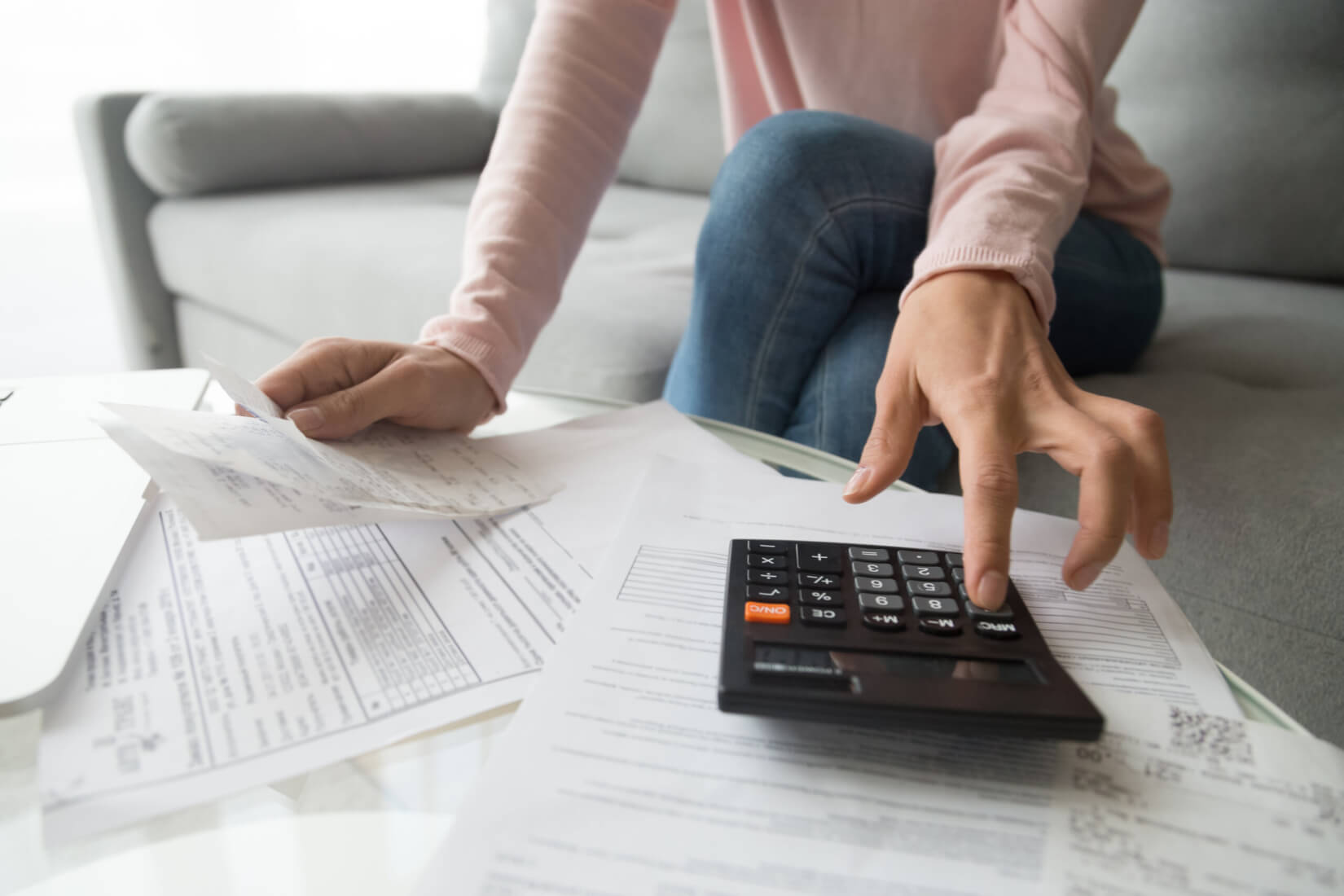To regain control of your debt, you need a budget. You’re not alone if you immediately thought of an elaborate spreadsheet full of numbers and calculations. While that’s an effective budgeting method, it’s not the only one. There are several ways to budget, and not all involve complicated math equations. Let’s look at how you can manage your monthly budget.
Zero-based budgeting
Zero-based budgeting is exactly what it sounds like. Each month, your income minus your expenses should equal zero. A zero-based budget can be a very involved budgeting method. However, it can paint a clear picture of your monthly finances and help you curb unnecessary spending to pay off debt faster.
Before getting started, track your expenses for two or three months to identify where you spend money and where you can cut back. Then, at the beginning of each month, review your total income from the prior month and use that as a starting point. Assign a budget to each of your regular monthly expenses. Any leftover funds can go toward debt repayment.
Keep track of your monthly spending to ensure you don’t go over budget. You can use a spreadsheet or download an app to help with this. At the end of each month, review your spending and make changes to your budget as needed. If you notice areas where you can cut back on spending, that can be extra money to put toward your debt.
50/30/20 method
The 50/30/20 method is a popular budgeting technique. It is also quite simple to work with and is adaptable to your financial situation. Here are the basics of how this method works.
- 50% of your income goes toward “needs.”
- 30% goes toward “wants.”
- 30% goes toward savings or debt repayment.
You’ll categorize each expense as either a “need” or a “want.” “Needs” include housing, utilities, groceries, healthcare, and medications. These are expenses you have to pay as part of basic living costs. For example, if you stop paying rent, you won’t have a place to live, and if you stop paying for required medication, you could become very sick.
“Wants” are expenses you could do without but still choose to buy. “Wants” include streaming subscriptions, restaurant meals, travel expenses, clothing, and electronics. Your “wants” will vary depending on your interests.
It can be hard to differentiate between needs and wants. For example, groceries are a “need” because eating is essential for survival. But buying expensive junk food at the store would count as a “want.”
If your debt is high, consider decreasing the percentage spent on “wants” and putting more toward debt repayment. It might be a hard transition at first, but it’s worth it if you can determine how to get out of credit card debt faster.
Envelope system
The envelope system is a more traditional way of budgeting. Each month, gather several envelopes and write a spending category on each, such as entertainment or groceries. Then, put the budgeted amount of cash into each envelope. Once you’ve spent the money in each envelope, there’s no more for that category until next month. Using the envelope method helps you learn to pace your spending.
This system works because spending cash feels more tangible than debit or credit card. When you pay for items with cash, you see and feel the money, which can reduce unnecessary spending. But this method has a drawback; fewer people still use cash regularly.
If you don’t want to use physical cash, you can still use the envelope budgeting system by downloading an app. Some examples of envelope budgeting apps include Goodbudget, Myvelopes, and SimpleBudget. Read the reviews and ask friends for recommendations before choosing an app.


